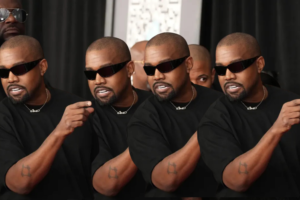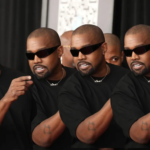The Lord of the Rings is deeply rooted in mythology, drawing extensively from Norse, Germanic, Greek, Finnish, and even Celtic influences. J.R.R. Tolkien masterfully crafted the rich and complex world of Middle-earth by blending these mythic elements with his original creations, resulting in a narrative that feels timeless and utterly compelling.
Beginning with Norse mythology, Tolkien’s Valar, the powerful angelic beings governing Middle-earth, find their inspiration in the Norse gods. Similarly, the Maiar, servants of the Valar, parallel entities from Norse legends. Gandalf, the wise wizard who guides and assists the hobbits on their perilous journey, shares numerous characteristics with Odin, the chief god in Norse mythology. Both figures are revered leaders, known for their profound wisdom, magical prowess, and significant connections to death and rebirth, symbolizing their roles as spiritual guides and mentors.
Additionally, creatures such as dwarves, elves, and dragons that populate Tolkien’s narratives are prominent figures in Norse myths and legends. The One Ring, the pivotal source of ultimate power in The Lord of the Rings, is directly influenced by the Norse myth of Andvaranaut, a magical ring that grants immense power but inevitably corrupts its bearer. Tolkien even considered the name “Andúril” for the ring, echoing this mythological source. Smaug, the destructive dragon whose rampage forms a crucial plotline in The Hobbit, draws clear parallels with the dragon depicted in the epic Anglo-Saxon poem Beowulf.
Tolkien’s mythology extends beyond Norse traditions into Finnish mythology, particularly evident in his creation of The Silmarillion, the foundational mythological backdrop to The Lord of the Rings. The Elvish language Quenya, spoken by the Noldor elves, is directly based on Finnish. Tolkien’s fascination with Finnish language and mythology, introduced through his friendship with Finnish scholar and author C. Simo, deeply influenced his literary works. Indeed, this relationship has been explored in depth in scholarly works such as Tolkien and the Finnish Tradition.
Greek mythology also significantly impacted Tolkien’s creative vision. The Númenóreans, a powerful island civilization in Middle-earth, strongly evoke the myth of Atlantis. The name “Númenor” itself, meaning “Undying Lands,” resonates with the Greek theme of immortality prevalent throughout ancient mythological narratives.
Furthermore, Celtic mythology subtly shapes Tolkien’s universe. Scholars suggest that the legend of Nodens, a Celtic deity associated with healing, influenced Tolkien’s enigmatic character Tom Bombadil, whose mysterious and timeless nature reflects Celtic mythological traits.
Finally, Tolkien’s personal Christian faith profoundly permeates his storytelling. While The Lord of the Rings does not explicitly portray religious doctrines, its thematic exploration of good versus evil, sacrifice, love, and redemption aligns closely with Tolkien’s Christian beliefs.
In essence, Tolkien’s literary genius lies in his ability to weave together ancient myths, folklore, and personal creative elements, culminating in a narrative universe that is rich, immersive, and enduringly captivating.







